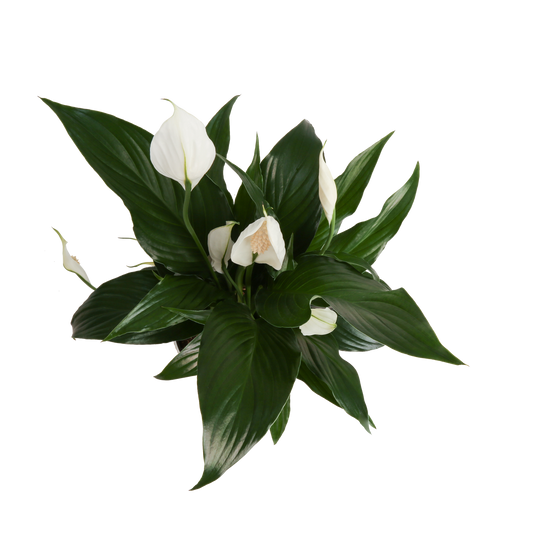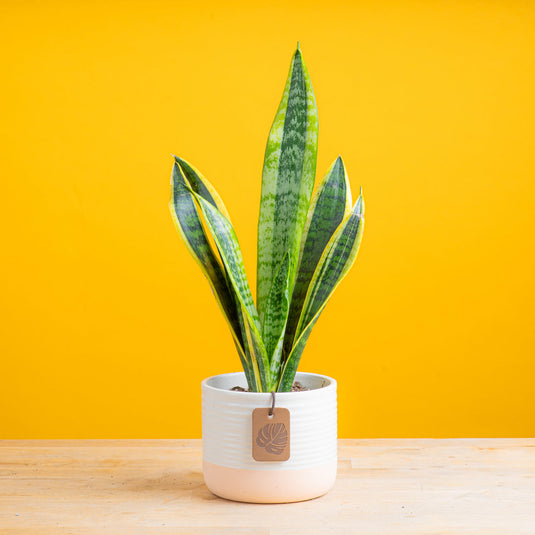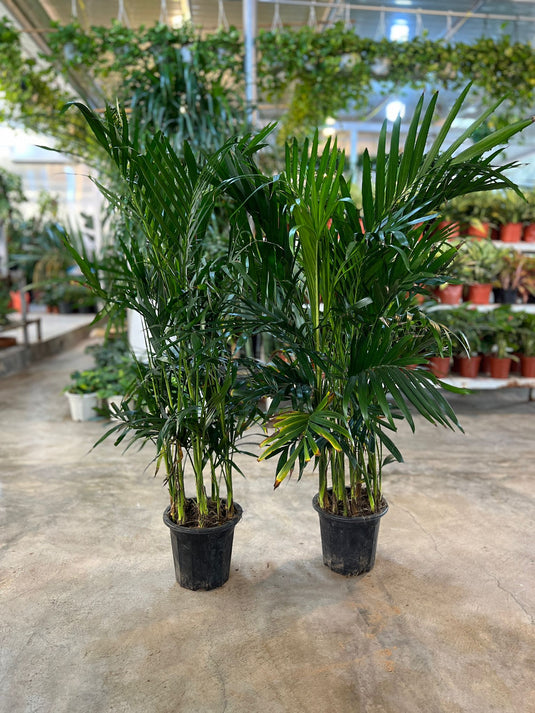Chaste Tree
- Healthy Arrival Guarantee
- Free Plant Care Consultation
- Safe & Secure Payment

We will send you a notification as soon as this product is available again.
-
Estimated delivery: Dec 07 - Dec 11
-
Free return within 7 days of purchase.
Plant Description
The Chaste Tree, scientifically known as Vitex agnus-castus, is a flowering plant belonging to the Lamiaceae family. It is known for its aromatic leaves and clusters of small purple flowers, commonly used in traditional medicine. The global market for herbal supplements, including those derived from the Chaste Tree, is expected to reach approximately $2.8 billion by 2030.
5 Key Reasons to Include Chaste Tree in Your Garden
1. Hormonal Balance
Chaste Tree is widely recognized for its potential to regulate hormonal levels, particularly in women. Studies have shown that it may help alleviate symptoms of premenstrual syndrome (PMS) and promote menstrual regularity.
2. Anti-Inflammatory Properties
Research indicates that the Chaste Tree possesses anti-inflammatory effects, which can be beneficial in managing conditions such as arthritis and other inflammatory disorders. Its compounds may help reduce inflammation markers in the body.
3. Stress Reduction
The Chaste Tree is believed to have adaptogenic properties that may aid in stress management. A study published in the Journal of Herbal Medicine suggests that it can support emotional well-being and reduce anxiety.
4. Fertility Support
Some studies suggest that Chaste Tree may enhance fertility in women by promoting ovulation and regulating menstrual cycles. Its use in herbal medicine for fertility support has been documented in traditional practices.
5. Skin Health
Chaste Tree extracts have been shown to benefit skin health due to their antioxidant properties. Research highlights its potential to reduce skin inflammation and improve conditions like acne.
Disadvantages
· While studies show various benefits, research on the long-term effects of Chaste Tree supplementation is still limited, encouraging ongoing investigation.
· Chaste Tree may interact with certain hormonal medications, suggesting the need for consultation with healthcare providers before use.
· The efficacy of Chaste Tree may vary from person to person, indicating that individual results may differ based on personal health and circumstances.
· Some individuals may experience allergic reactions to Chaste Tree, promoting caution and consideration of personal sensitivities.
Frequently Asked Questions
1. Is the Chaste Tree beneficial for hormonal issues?
Yes, the Chaste Tree is known for its potential to regulate hormonal levels and alleviate PMS symptoms.
2. Can it help with stress management?
Yes, studies suggest that the Chaste Tree may aid in stress reduction and support emotional well-being.
3. Is it safe for long-term use?
Yes, while many use it safely, ongoing research on long-term effects is still needed for comprehensive understanding.
4. Does it have any side effects?
Yes, some individuals may experience allergic reactions or interactions with hormonal medications, prompting caution.
5. Can it support fertility?
Yes, Chaste Tree may enhance fertility by promoting ovulation and regulating menstrual cycles.
Final Verdict: Should I Buy a Chaste Tree?
Yes, considering the potential benefits of hormonal balance, anti-inflammatory properties, and stress reduction, the Chaste Tree can be a valuable addition to herbal remedies.
Plant Care
Watering
Water your plant once a week or when the soil starts to feel slightly dry on the surface. Keep the soil consistently moist, but be careful not to overwater, as this can cause brown spots and leaf drop. If the leaves become curly or dry, it's a sign that the plant needs water. It's best to water your plant in the early morning or late evening when the temperatures are cooler. Always check the soil before watering.
Light
Provide bright indoor light or indirect sunlight for about 6 to 8 hours a day.
Temperature
Maintain temperatures between 18°C and 24°C. Avoid exposing the plant to drafts, as these can cause undesirable temperature fluctuations. Mist the plant occasionally, about twice a week, to help maintain optimal humidity levels.
Fertilizer
Apply liquid fertiliser every 15 days when the plant is actively growing. For best results, use Folikraft ready-to-use Indoor Plant Food.





















